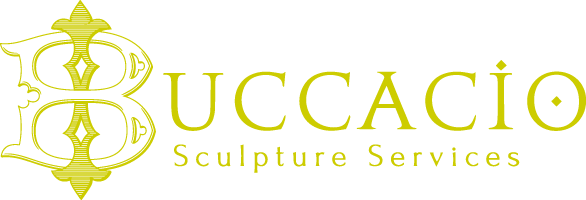THE HUFFINGTON POST, Daniel Grant, Arts Writer
The relationship between sculptor and foundry would seem a relatively uncomplicated affair. “The tradition has been, artists wheel something in and say, ‘we want that in bronze,’” said Paige Tooker, president of a Manhattan foundry, said. That is to say, the artist brings in a model – a maquette – that he or she put together back at the studio, and the foundry does the technical stuff (enlarge, make molds, pour metal, polish and patinate the surface) to the sculptor’s specifications. Voila, an edition.
There is less and less of that nowadays. “Artists come in here with a very rough sketch and say, ‘I have this idea for something, how do I make it?’” Jeffrey Spring, president of a Foundry in Queens, New York, said. “Part of the services we now provide to artists is brain-storming.” That wouldn’t work well with the old style foundrymen, but things are different with them, too. The old foundrymen now are apt of be called fabricators, and many of them have degrees from art schools; their job is not just to pour metal for an edition but to build or carve or assemble something based on the artist’s specifications. One speaks more and more of fabricators “partnering” with artists, helping to conceptualize a project and then to devise something that can be built, figuring out the materials, time and cost along the way. Tooker noted that “it’s our job to be sensitive to what the artist is trying to convey.” She claimed that foundry staff work with those rough sketches and with the artists to make a maquette, often on the computer. When that is approved, the foundry will take the next step by making a three-dimensional model – followed by more discussions and potential changes – and, finally, the finished artwork.
“Foundries are different now,” one foundry owner claimed. “Other places will just pour bronze. We are artists’ assistants on an extreme basis, figuring out what the artists are trying to do. It doesn’t really matter what the material is, like the beeswax cube we made for a Terence Koh performance. The artist decided he wanted actual bees stuck onto it, and there was a lot of discussion of how many bees and where to put them. I feel like I’m making art with these people, and that’s the fun.”
Partnering with artists on their projects has its own pleasures. Clearly, helping sculptors put ideas into a tangible form is more stimulating than the wholly artisanal job of making molds, melting wax, pouring metal, assembling parts and coating metal. Artists like the idea that they are working with people at the foundry who appreciate and understand what they are trying to do.
